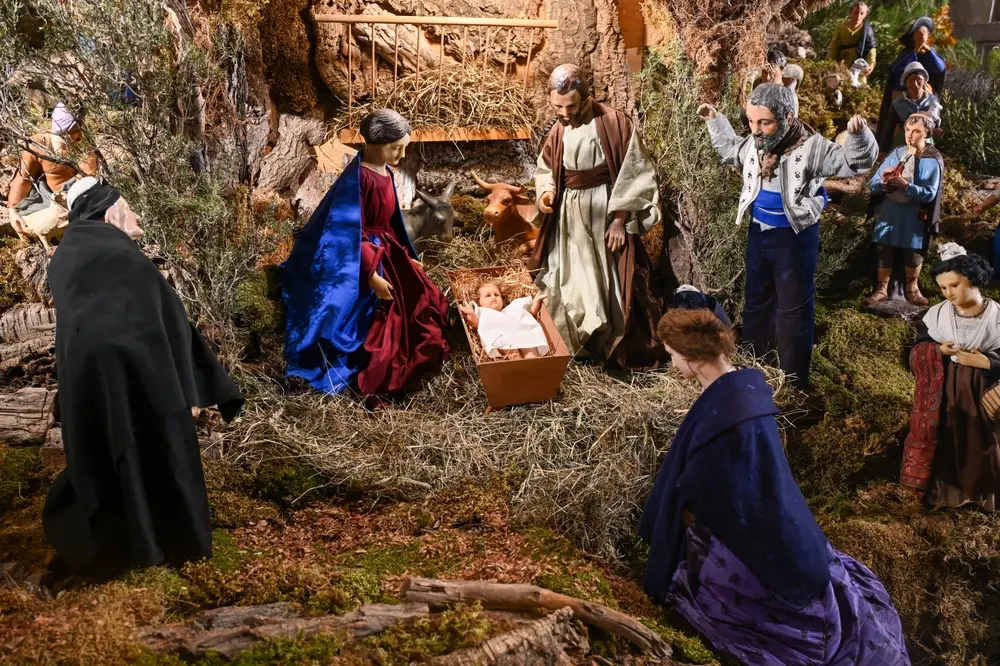“Standing on the bare ground,—my head bathed by the blithe air, and uplifted into infinite space,—all mean egotism vanishes. I become a transparent eye-ball. I am nothing. I see all,” wrote American essayist and transcendentalist Ralph Waldo Emerson in his 1836 essay “Nature.”
Leading American luminist painter Joseph McGurl seeks such an experience every time he creates a plein air (open-air) painting. McGurl’s plein air paintings are the cornerstone of his award-winning landscape paintings.






